Alektora
Its location was mistaken to be in Pafos, but the village belongs to a different province.
Alektora is a village in the province of Limassol, located at the western edge of the city, on the border with the province of Pafos. Alektora is built at an altitude of 365 metres above sea level.
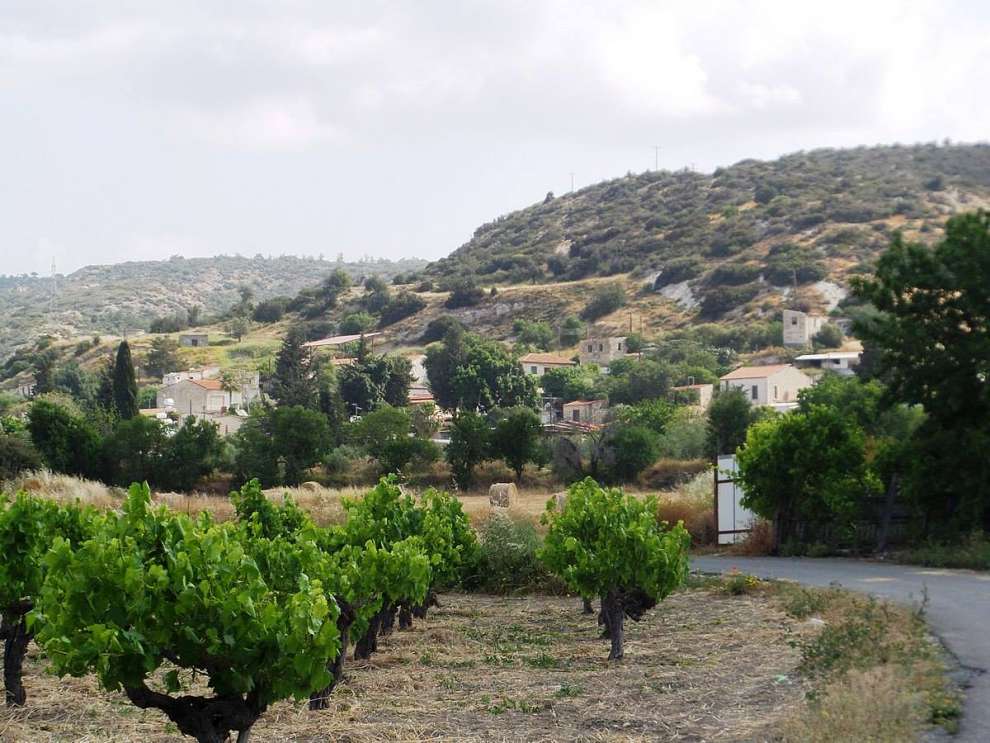 Photo: Filippos Athanasiou
Photo: Filippos Athanasiou
In the south and south-east it borders with Pissouri, to the east with Platanisteia, to the north with Pano Archimandrita and to the west with Kouklia.
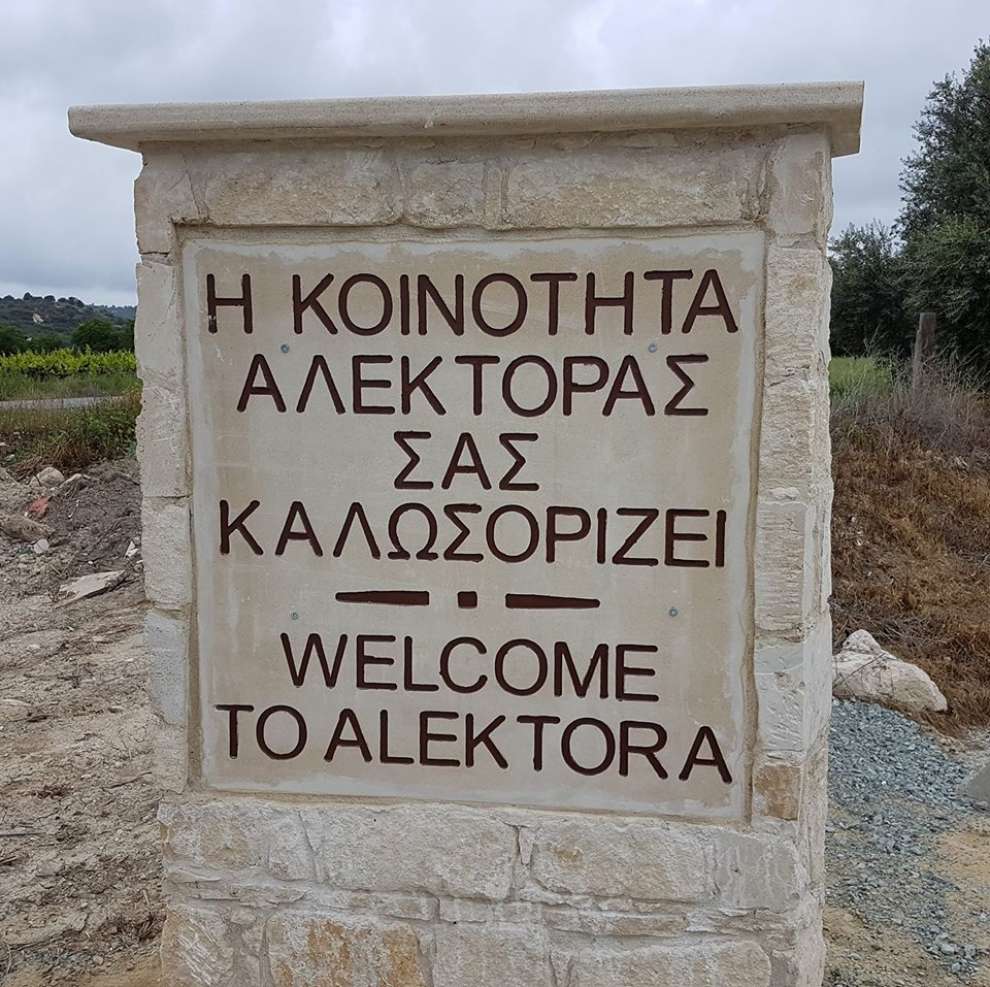 Photo: Κοινοτικό Συμβούλιο Αλέκτορας
Photo: Κοινοτικό Συμβούλιο Αλέκτορας
Alektora is part of the Natura 2000 area under the name "Ha-potami" along with 8 other neighboring villages, both of Limassol and Pafos.
The name of the village:
The name of the Alektora comes from the word "alektor" which means rooster. It is noteworthy that in 1958 the Turkish Cypriot inhabitants of the village had adopted the alternative name of the village "Gökağaç", meaning a tree of the sky.
The story of the Alektora:
The village was created by the inhabitants of the neighboring villages who were involved in the production of the Pine nut during the Roman Empire in the village of Kampos. Centuries later, vineyards were created, from whose grapes commandaria was produced.
During the Frankish period it was a royal feud. When the villagers were persecuted or murdered, a population of Syria and Palestine settled in the village, displaced from their land at the time of the Crusades.
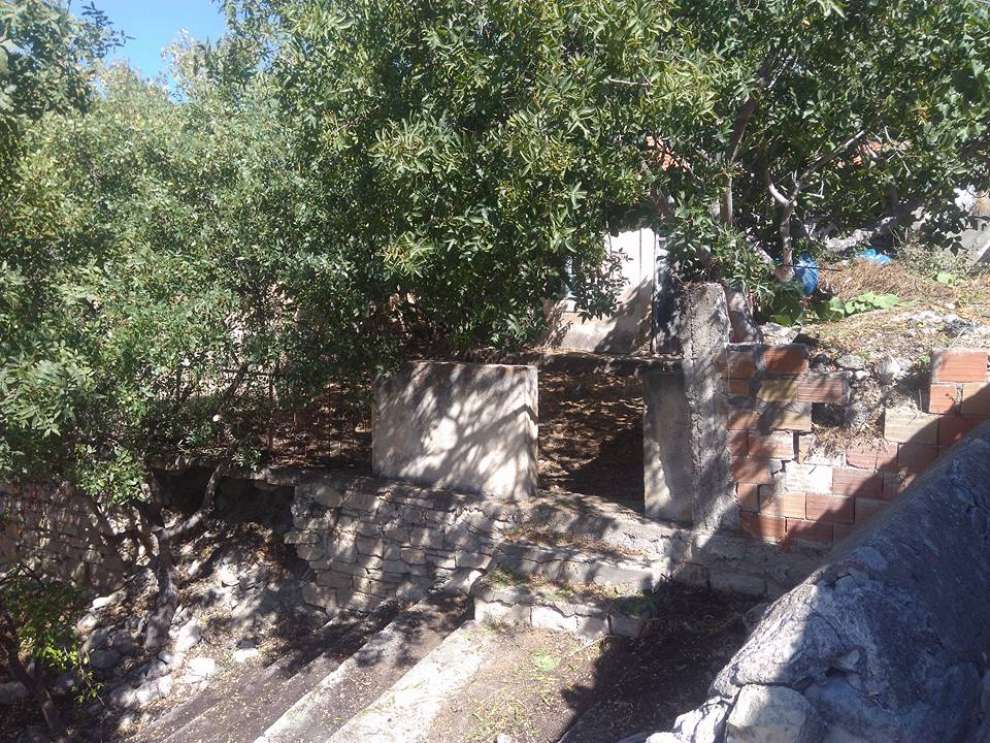 Photo: Κοινοτικό Συμβούλιο Αλέκτορας
Photo: Κοινοτικό Συμβούλιο Αλέκτορας
During the Ottoman Empire in 1571, the Franks and Latino residents of Alektora were forced to assimilate Islam for not paying heavy taxes and not being persecuted by the Ottomans. And somehow, Alektora was transformed into a Turkish Cypriot village. In the late 19th century only a few Greek Cypriots lived in the village and during the 1950's they abandoned it.
After the Turkish invasion of 1974, the Turkish Cypriot residents moved to the British Base of Akrotiri where they remained there until January 1975.
After the exchange of population, there were Greek Cypriot refugees from the occupied areas in Alektora.
Sights and Churches:
Taking a walk in the village of Alektora you will see the church of Agia Anna, which is a short distance from the Ottoman mosque. In addition to the village there is the old elementary school, which was first transformed into a Greek school and after it was closed because of the failure to complete the number of students that would justify its operation, it was transformed into a cultural center.
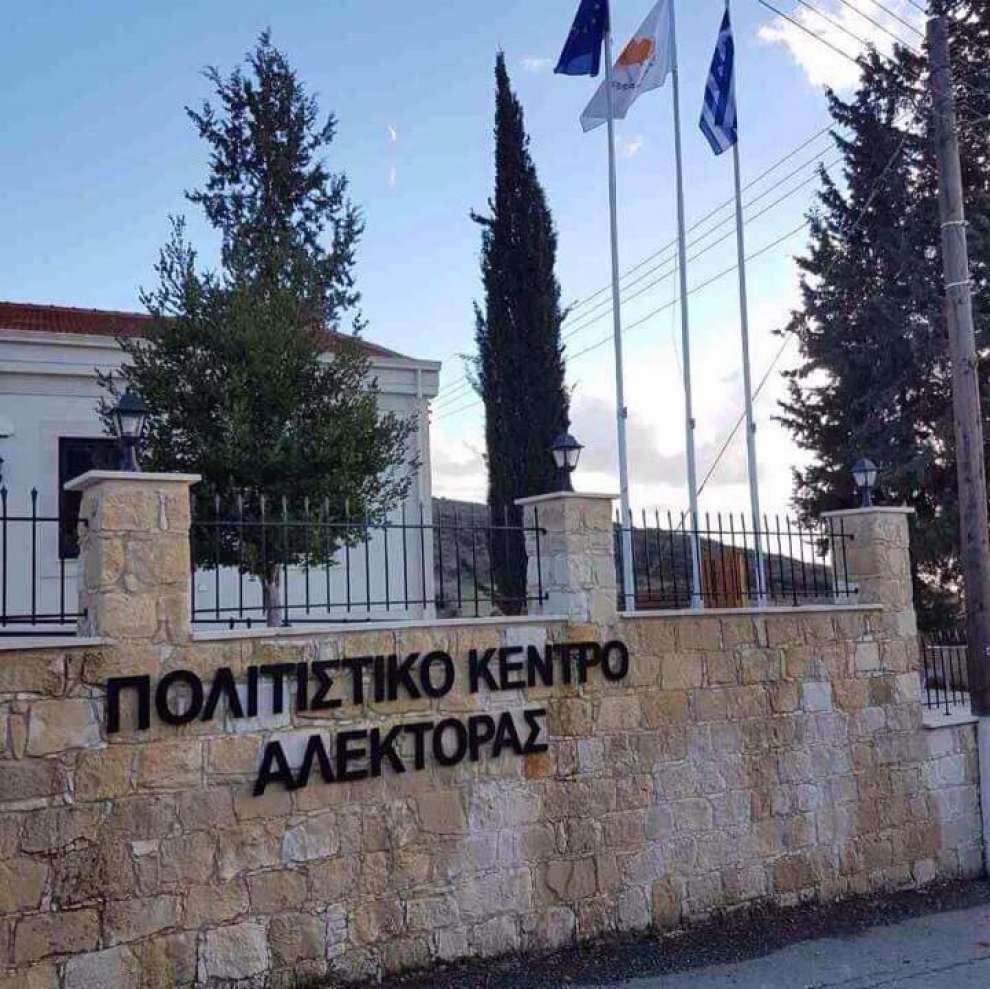 Photo:Κοινοτικό Συμβούλιο Αλέκτορας
Photo:Κοινοτικό Συμβούλιο Αλέκτορας
Impressions are caused by the architecture of the village, which varies in the old and the new, the traditional and the modern. Beautiful traditional houses are set out on the streets of the village, with a stone-built stone-paved and beautiful brick-built upper, blending with modern houses of modern architecture, which, however, are scarce according to the inhabitants of the village.
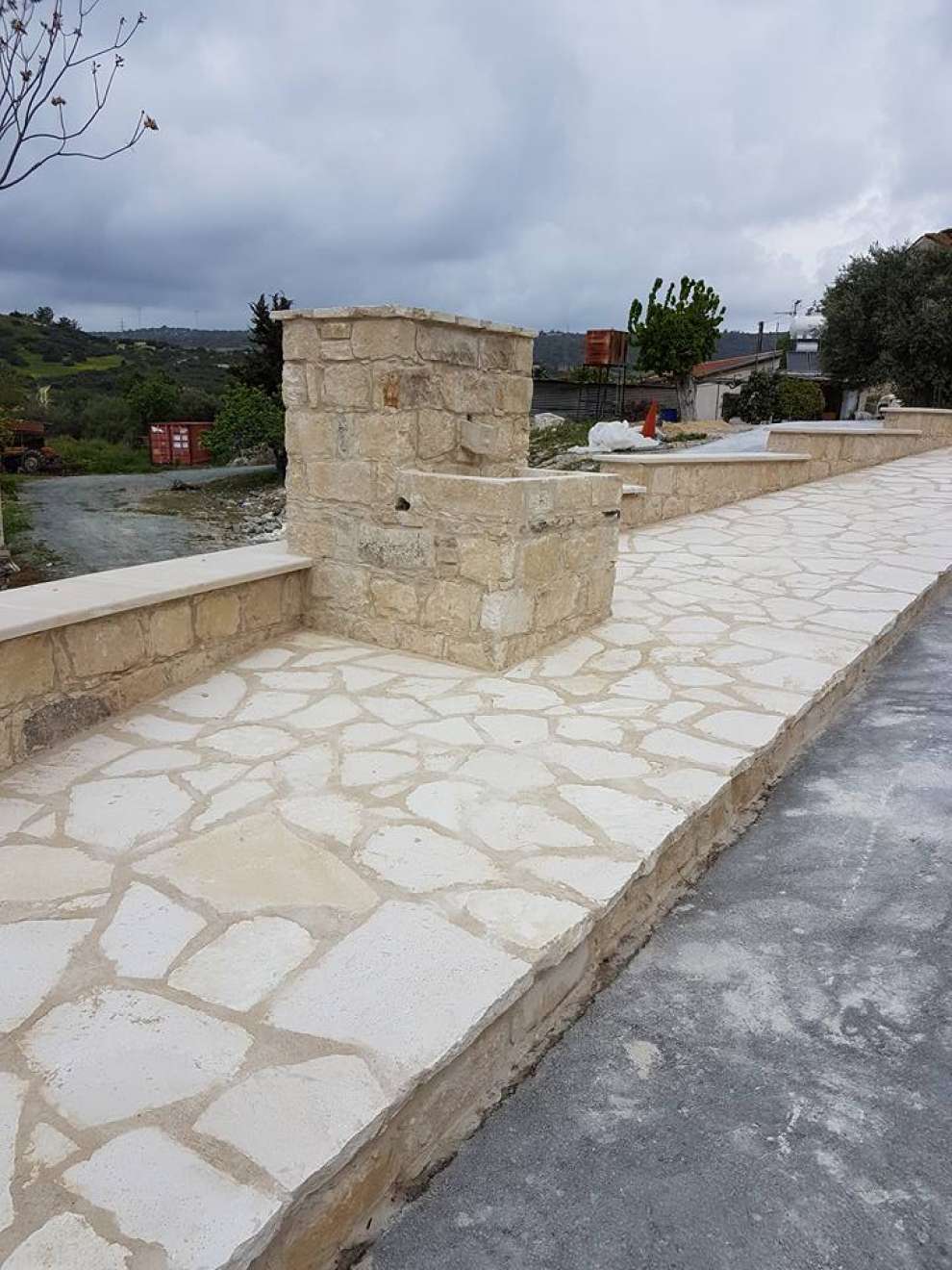 Photo: Κοινοτικό Συμβούλιο Αλέκτορας
Photo: Κοινοτικό Συμβούλιο Αλέκτορας
Population:
In 1881, Alektora numbered 230 permanent residents. In 1973, the village's population climbed to 490 inhabitants. The population exchange took place in 1975 and its Turkish Cypriot residents relocated to the occupied areas of Cyprus. Since 1976 there has been a decrease in the population of Alektora. According to the 2011 census, Alektora had 64 permanent residents.
The crops of the village:
In Alektora, centuries ago pine nuts were cultivated in the plain of the village. Then began to grow vines from which the grape which was named "xynisteri" was produced. In the 20th century, there was a variety of vineyards and they called them "Soulatnina."
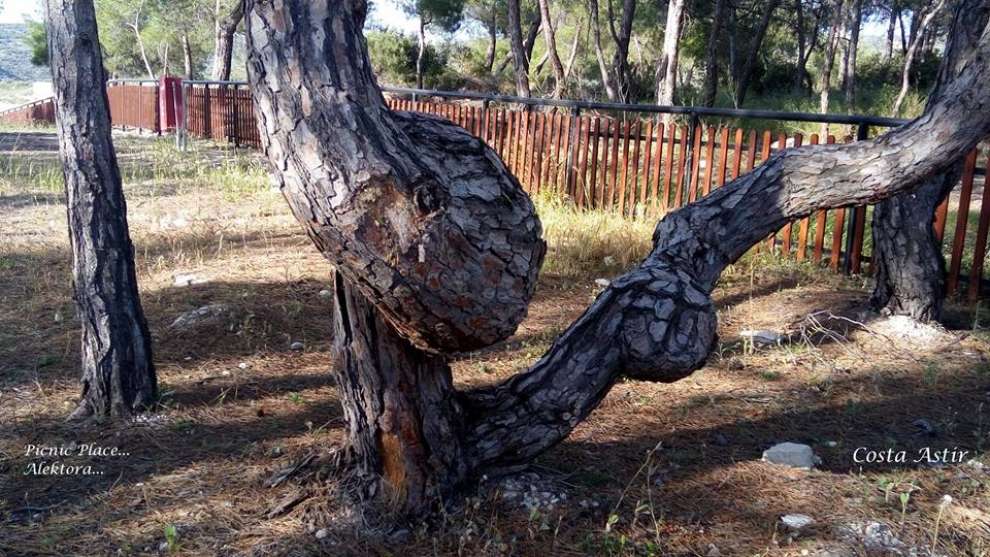 Photo: Costa Astir
Photo: Costa Astir
For the map of the area, click HERE

 English
English
 Ελληνικά
Ελληνικά Русский
Русский
















